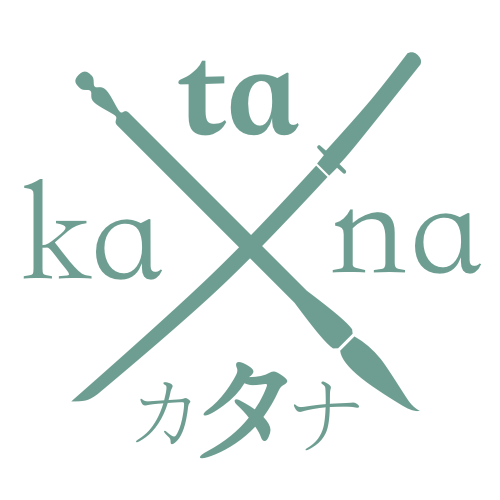Hedge Funds Seek ICO-Like Returns With Equity-Charged Tokens
/By Olga Kharif and Alastair Marsh November 12, 2018, 5:00 PM PST
Hedge funds aren’t giving up on cryptocurrencies just yet.
Even with the 70 percent plunge in the value of the digit-asset market from its record highs in December, many still have visions of the triple-digit returns that were often realized from being early participants in initial-coin offerings during the peak of last year’s frenzy.
This time around they’re betting on a new crop of equity-like digital tokens that appreciate when usage of the underlying stable coins increases. With promises of decreasing volatility by serving as a conduit to facilitate trading between other tokens, stable coins have become one of the hottest sectors in crypto.
“I think that vision is much more interesting,” said Kyle Samani, managing partner at Austin, Texas-based hedge fund Multicoin Capital, which is considering purchasing some of the coins. “It’s much larger.”
The equity-like coins are designed around the centuries-old practice of seigniorage, which references the right of a French feudal lord -- seigneur -- to coin money. The nobles kept the difference between the face value of the money and the cost to mint it. Depending on the stable coin, the seigniorage shares will distribute a different portion of the profits to its owners. Some fund managers prefer coins that don’t distribute all their proceeds.
Picking a winner could potentially yield returns of as much as 46 times the initial investment, if the underlying stable coin becomes successful, said Travis Kling, founder of the hedge fund Ikigai in Los Angeles, which is also considering buying some coins. That’s how much stable coin leader Tether’s market cap increased by within 16 months to its peak of $2.8 billion in August.
“Investors in the equity-like tokens associated with a stable utility token are seeing that historical growth in Tether and thinking that if they can get even a portion of that, then obviously you’ll generate tremendous returns," Kling said. "That’s leading to a lot of the hype and lots of different competitors coming out right now."
They include MakerDAO, Basis, Carbon, Havven and Reserve. While some are operational and others forthcoming, they’re all looking to unseat Tether, which has had trouble calming investor concern about a lack of transparency when it comes to touted reserves.
“The reason for having the dual-coin mechanism is to have some source of value that can absorb the contraction of demand,” said Robert Sams, chief executive of London-based Clearmatics Technologies Ltd., which is developing a blockchain system using dual coins. “No one is going to do that for free in a decentralized system.”
One of the best known, Basis, recently raised $133 million from traditional venture capitalists like Bain Capital Ventures. It plans to algorithmically adjust supply using three different tokens: The first one will be the actual stable coin. The second, a so-called bond token, will be auctioned off whenever supply needs to be contracted; each will entitle its owner to one stable coin at a certain future time, but will be sold for less than the face value. The third, a so-called share token, will offer dividends when demand grows.
Reserve features a stable coin and Reserve Share, the secondary token. The share holders receive a portion of any price appreciation and the income the network earns from transaction fees. Reserve has sold $5 million of Reserve Shares to 42 funds and angel investors, said Nevin Freeman, chief executive officer of Reserve, which has backing from crypto exchange Coinbase Inc. and billionaire investor Peter Thiel.
Unproven Market
For investors, the payoff can be huge because the risks loom large as well. There are already about 120 stable coins in existence, with dozens more in the works. Many have yet to see much traction. Much-touted Gemini Dollar has only attracted about $9 million since being launched in September.
There are also questions about how a stable coin -- and its equity counterpart -- would respond to a sharp drop in demand or a market downturn. Regulators around the world are yet to address how stable coins with secondary coins should be treated.
“The company that distributes instead of reinvesting might give shareholders more money up front, but has no chance of turning into an Amazon.com,” said Fred Kim, a partner at crypto investment firm RocketFuel in New York, which has invested in Reserve’s secondary token.
“Secondary tokens in stable coin networks are one of the most popular investment types in crypto right now,” Reserve’s Freeman said. “It could be like getting in on Bitcoin at the beginning.”

